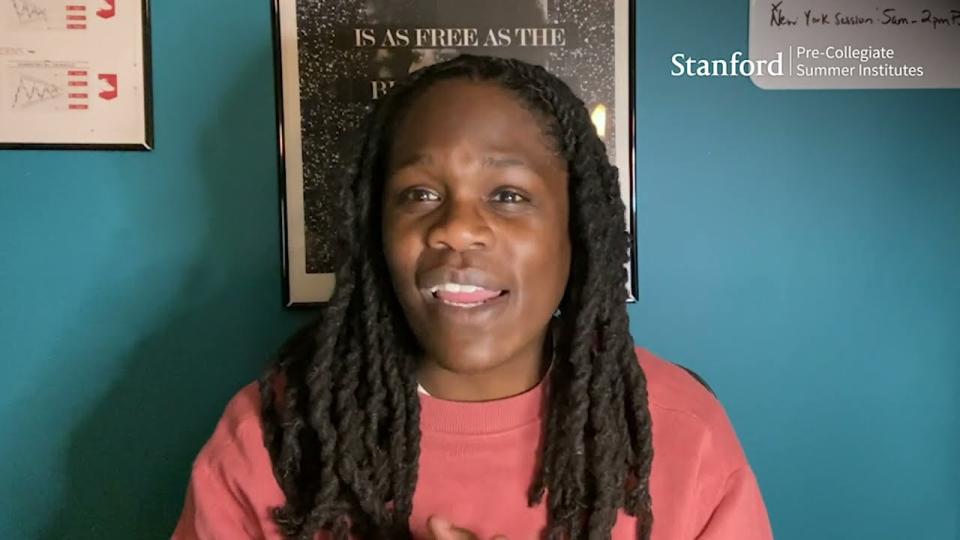Social justice is often marked as the goal to be achieved by those aiming to reform society to be more equitable and egalitarian. Legal reform is often promoted as the tool for such reform. However, there is an abundance of research by social scientists demonstrating that the legal system favors the status quo and can hardly be relied on as a tool of radical change. In fact, because the law seems objective, it can often be used as a potent social tool to promote the interests of the powerful at the expense of the powerless while appearing neutral.
In this class, we will analyze a few notable examples of such usage of the law: We will examine how redlining and mass incarceration have resulted in the current rates of racial inequality; and how the corporate veil led to significant economic growth, often at the expense of those at the bottom of the social-economic ladder. Finally, we will discuss one of the most successful cases of legal reform, examining what can be learned from it when it comes to other forms of social inequality.
During the course, students will gain a deeper understanding of the complexity of social structures and their often-invisible impact on our lives. The class is taught in an interactive way, with possible methods of learning including lectures, class discussions, video clips, field observations, and student presentations. Throughout the course, students will learn how to ask sociological questions and how to choose the appropriate research method. The students will develop research questions about a form of social inequality of interest to them and will learn how to think critically about academic work.
